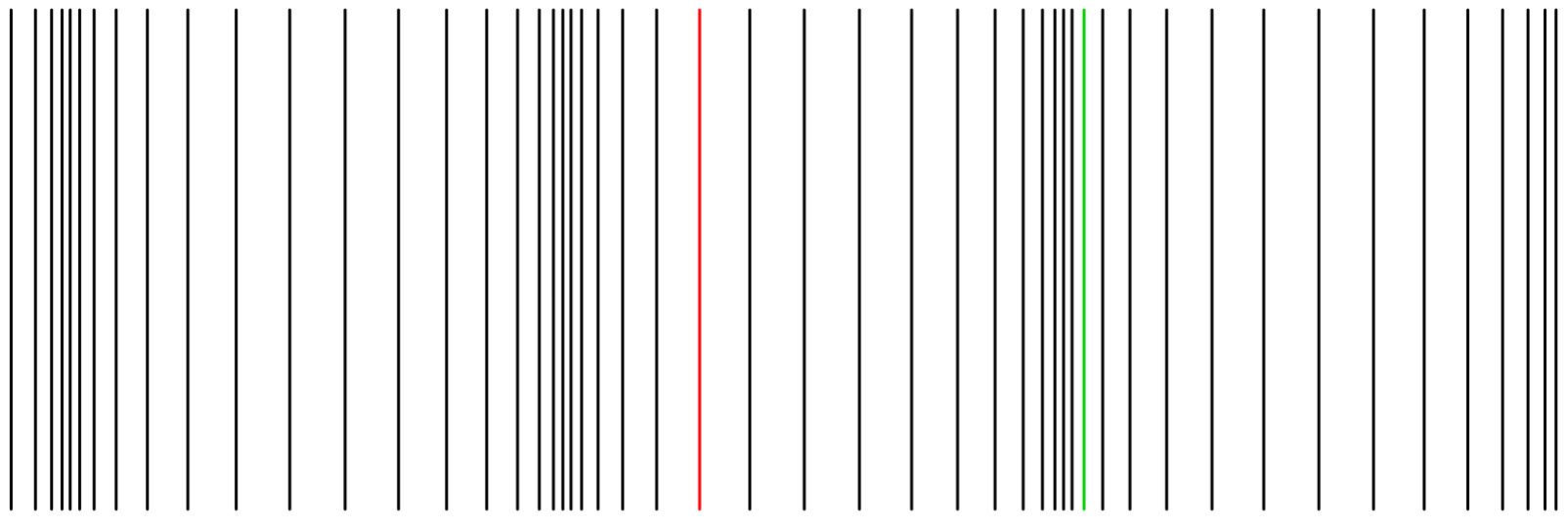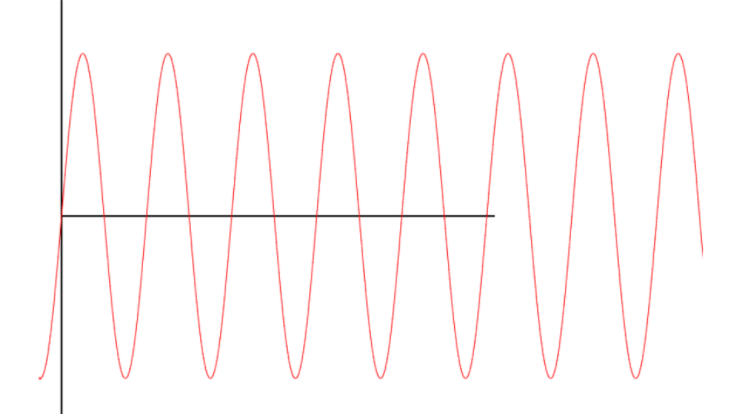Physics > Waves > Intro
Waves have the amazing property of transporting energy without transporting particles, which only move around their equilibrium positions, so that there is there is no net movement (translation).
Waves are extremely importat to us because they bring us most of the information about our outside world, mainly in the form of light and sound.
Other examples of waves are sea waves, riples in a pond, earthquake waves (sismic waves), etc.
There are 2 basic types of waves, transverse and longitudinal. Both can be represented by a slinky as I will show in a video. Longitudinal moves in the direction of propagation while transverse move perpendicular to this direction. The transverse wave is more well known, it is the type of waves we observe in the sea, for instance. Electromagnetic waves (EM) , like light, are also transverse.
Sound is an important example of a longitudinal wave, which consists of compressions and rarefactions of air or whatever medium that is transmitting the sound. The sound is generated by some vibration that is transmitted. Examples of vibrations that produce sound are vocal cords, strings of guitars and pianos and air columns in flutes. The speed of sound is higher in solids and liquids, than in air. But a material medium (particles) is always needed for sound to propagate. In sci-fi movies we sometimes hear explosions in space, what is impossible to happen because there is no air in space and sound cannot move through the vacuum. A very nice animation of sound waves, based on the movement of particles (blue balls), is shown in here. Another nice animation, which shows lines instead of particles, and have 2 coloured lines to make evident that there is no translationis this one here. I shoew an screenshot of theis one below:

longitudinal wave - Notice the areas of compression (lines concentrated) and rarefaction. Image from animation linked above. Credit: Tom Walsh
Curiously EM waves like light can propagate in vacuum of space, luckily to us, because we need the heat from the Sun..
Waves are characterized by their speeds, frequencies and amplitudes. Calculations involving those are shown on the next section.
A transverse wave can be represented by a sine function, which is also used to represent other types of periodical motion, like moving around a circle. Check here my animation of the unit circle and the sine function.
I also have an animation where you can vary frequency and amplitude of a transverse wave (represented by a sine function) which you can find here. Anyway, I will show some images of this animation below:

